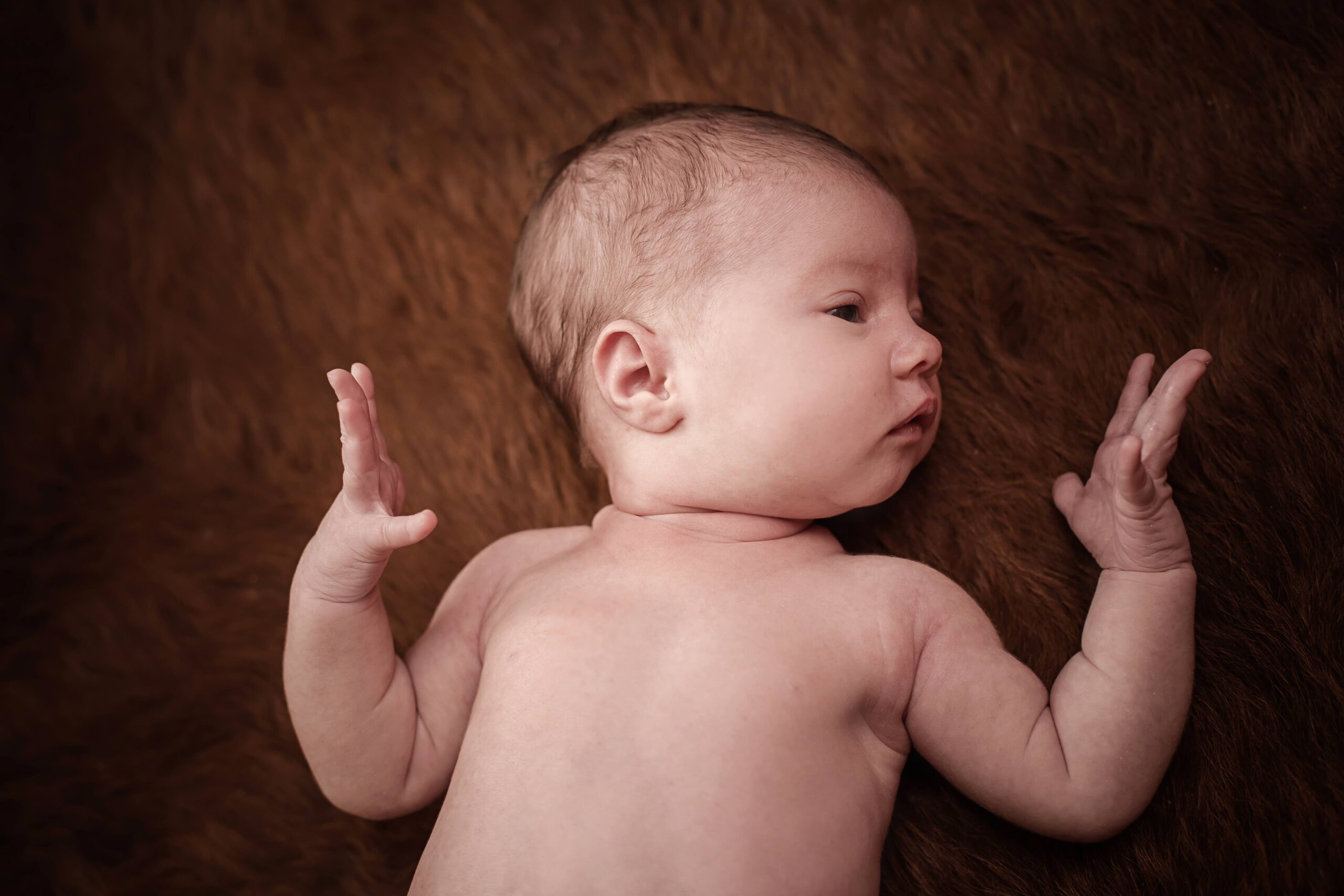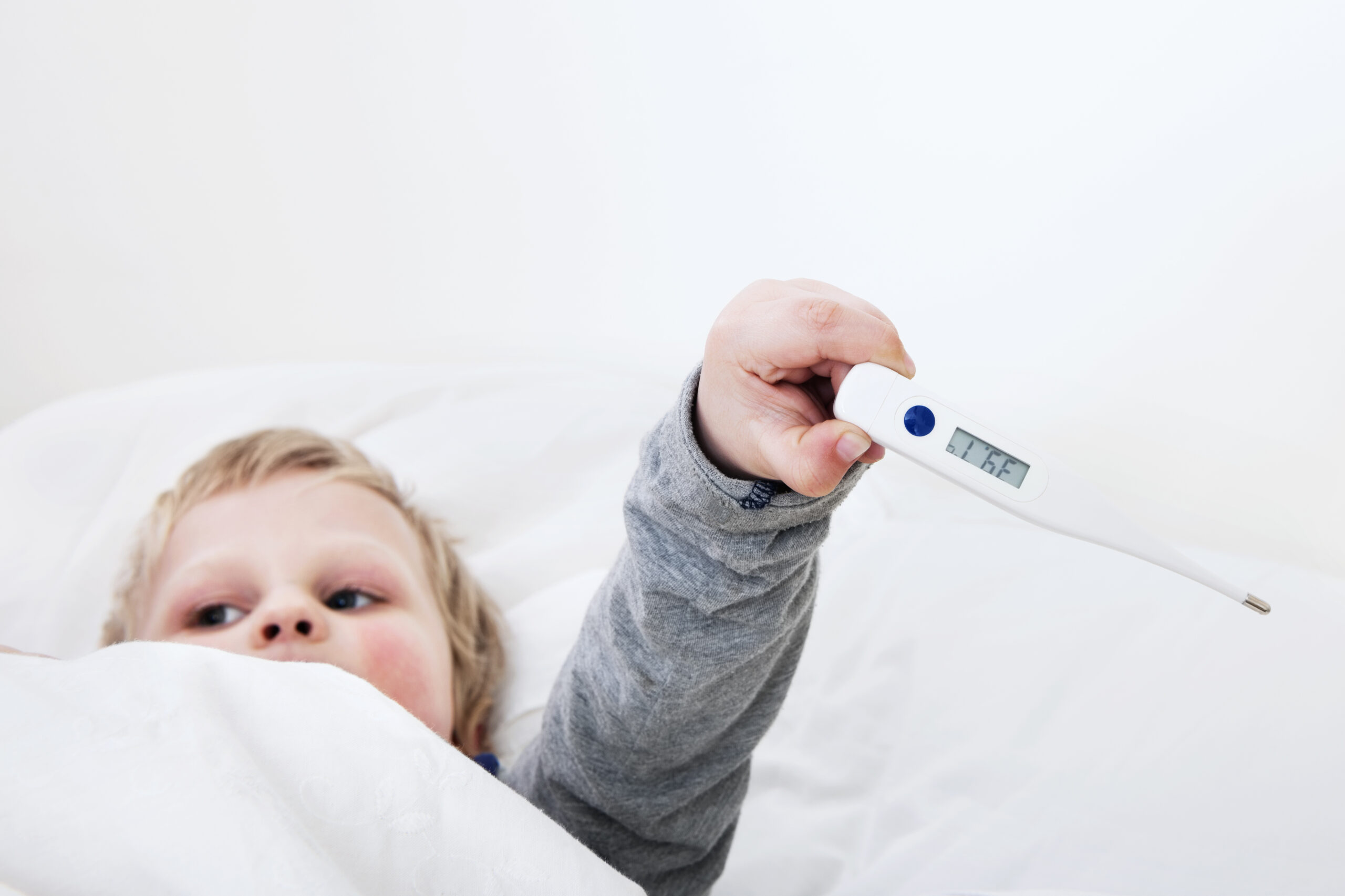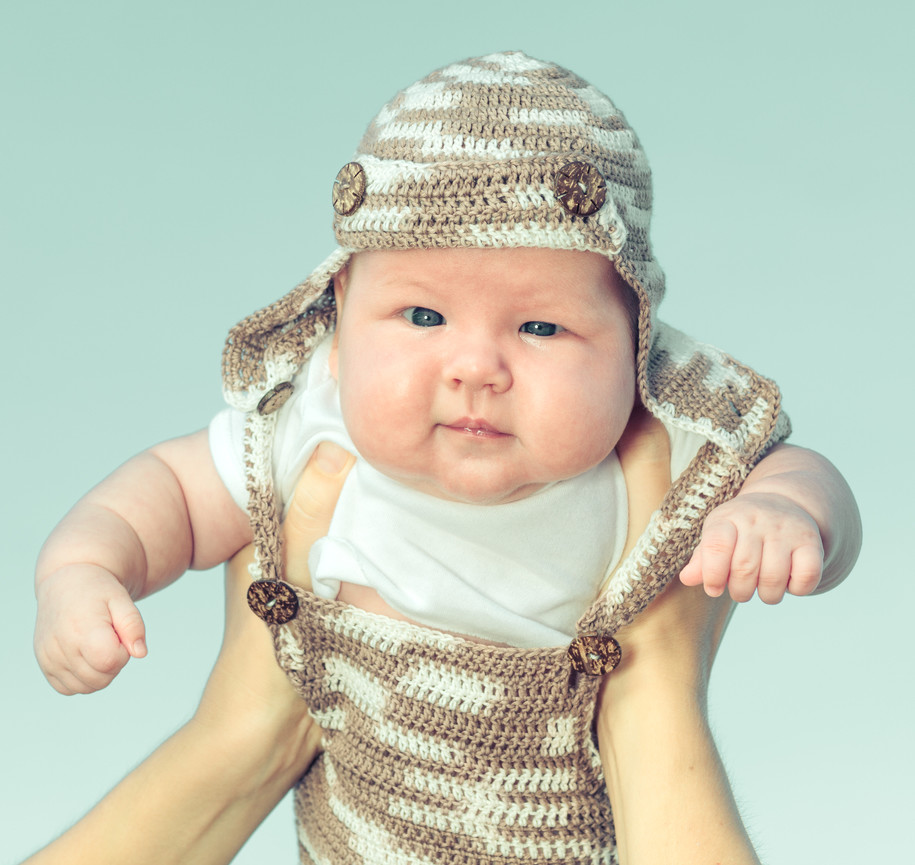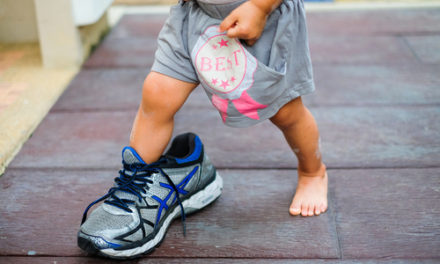Will your child be an accomplished athlete or mathematical genius? We grownups love looking for subtle clues to our child’s future self. Surely you’ve seen your baby reach with his left hand and wondered – could your genius-athlete be a lefty?
A preference for one hand can be determined around 6 months. So if you suspect your baby is right-handed, you’re probably correct. However, children’s hand use fluctuates until kindergarten. For example, a completely normal child shifts between picking up objects with only their preferred hand, then a few weeks later using both hands equally. And they often shift from using mostly their right to using mostly their left hand several times before 18 months.
We have a stronger eye and ear; babies even have a preferred side for their leg kicks and head turns. Even unborn babies have a preferred side. In a study of 75 fetuses observed in utero and re-examined at age 12, all 60 right hand suckers were right-handed and 10 of the 15 left hand suckers were left-handed. So hand preference starts earlier than we thought!
There is good reason for this. Our brains are wired to make us ambidextrous during times when we are learning new motor skills. For example, kids who predominantly use their right hand will start using both hands equally when they are learning to crawl. In one study, researchers observed a group of kids in a task of taking a toy out of a box at the time when they were just learning to crawl . Right-handed kiddos used their left as often as their right hand during multiple trials of the task. Just as they were alternating their hands while crawling, they were alternating use of their hands while playing. When these same kiddos started taking their first steps they suddenly began using both arms together to open the box and take out a toy. They used their arms symmetrically for tasks during the time that they were precarious walkers. While walking they held their arms in a high guard position to control their balance. As soon as they became stable walkers, they began to lower their arms along the side of their body while walking and returned to one-handed reaching in the task.
Hands look symmetric, yet we choose a favorite. And they look the same, but don’t work quite the same.
While a young child will often have a preferred hand, there’s a difference between hand preference and true adult-like handedness – as in the dominant use of one hand, and relative clumsiness with the opposite hand. There’s no consensus about when complete handedness is attained: researchers put it anywhere between ages 3-12. Most studies have shown that a child’s preferred side is set by age 4. Children need time and practice to develop the performance difference that we see between the two hands in adults. Practice using one hand more than the other helps us become coordinated at precise tasks like sewing and holding a pen. So there is a period of several years when kids refine their fine motor skills and they may occasionally use their non-dominant hand, particularly when they are learning new skills including cutting with scissors and drawing.
90% of the population is right-handed.
When babies pick a favorite hand there is definitely a genetic influence, however, there are subtle things adults do to encourage the preference for one hand. Children copy or mirror the adults in their lives; so if you eat with your left hand, they may give it a try too. And if you consistently carry your child on your left hip with their left hand free, they may preferentially develop that side.
Whether a child is right or left-handed depends on their environment (e.g. the variety of toys and activities they are exposed to) and their genetics. While you can’t control genetics, you can provide a range of both simple and complex activities involving a variety of objects to develop both of your child’s hands. Do a great job and, who knows, maybe you’ll raise an ambidextrous genius-athlete.









